

|
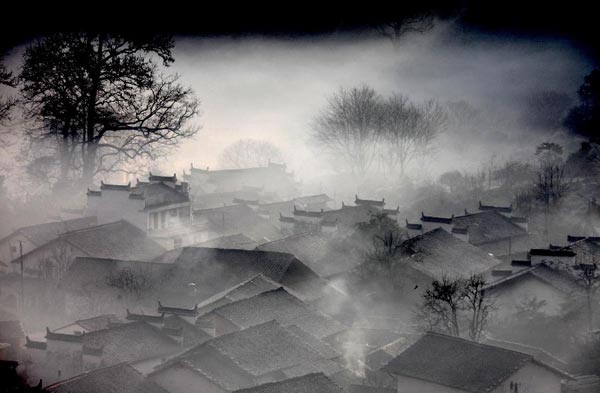 |
|
Photo taken on Jan 19, 2013 shows the scene at dawn after a rainfall in Shicheng village, Wuyuan county, East China's Jiangxi province. [Photo/Xinhua] |
With the villagers moved out, Wu and the local government are turning the village into a vibrant tourist destination.
Huangling has about 100 old buildings of Hui-style architecture that feature black roof-tiles and white walls with detailed carvings.
"We have also spent 100 million yuan ($16.33 million) on another 40 similar buildings in the Wuyuan area, disassembled and transported them, to be reassembled here," said Wu, who plans to build a Hui-style architecture conservation and exhibition park.
Wu has invested in local infrastructure, tourism development and promotion.
In the village, a female performer in her 60s dries slices of orange pumpkin and purple eggplants on flat round bamboo baskets that are placed on wooden holders out of a window. In the mountainous area, she is illustrating how past generations used to live.
Flat space for drying crops was never possible in mountainous Huangling Village. Therefore villagers dried crops on bamboo baskets outside their windows.
"I used to dry crops for storage [for winter], now I do it for performance," said the lady surnamed Cao, who used to live in the village. She is one of many former villagers who are now earning from the tourism trade.
"Huangling Village received about 20,000 tourists during the week-long National Day holiday. Not a big number, but I believe the village will be part of the upgraded tourism industry in Wuyuan," Wu said.
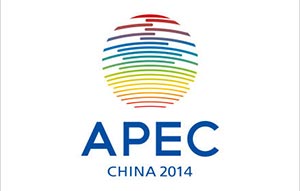 Beijing suburb to hold 2014 APEC meeting
Beijing suburb to hold 2014 APEC meeting
 Belgian, British scientists share 2013 Nobel Prize in Physics
Belgian, British scientists share 2013 Nobel Prize in Physics
 Model with modified BMW X6 M SUV
Model with modified BMW X6 M SUV
 'Golden Week': No pain, no gain
'Golden Week': No pain, no gain
 Car firms shifting focus
Car firms shifting focus
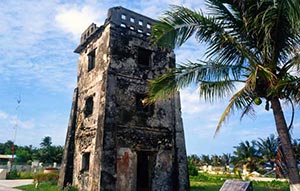 A slice of paradise lures tourists
A slice of paradise lures tourists
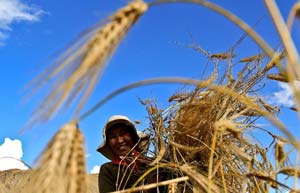 Tibet expected to witness bumper harvest
Tibet expected to witness bumper harvest
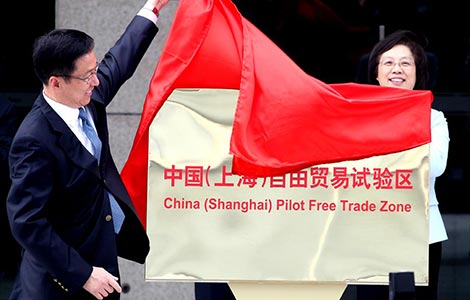 Shanghai inaugurates Free Trade Zone
Shanghai inaugurates Free Trade Zone